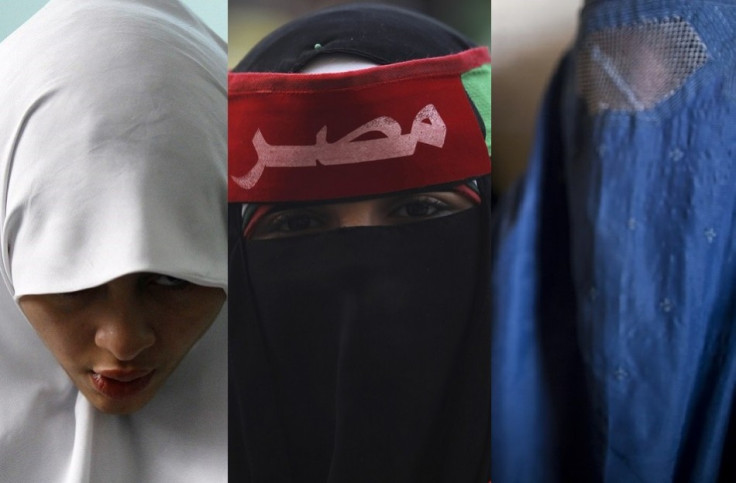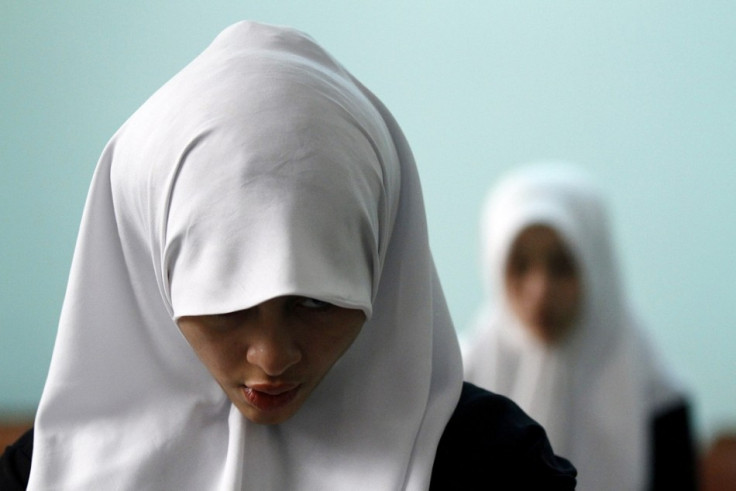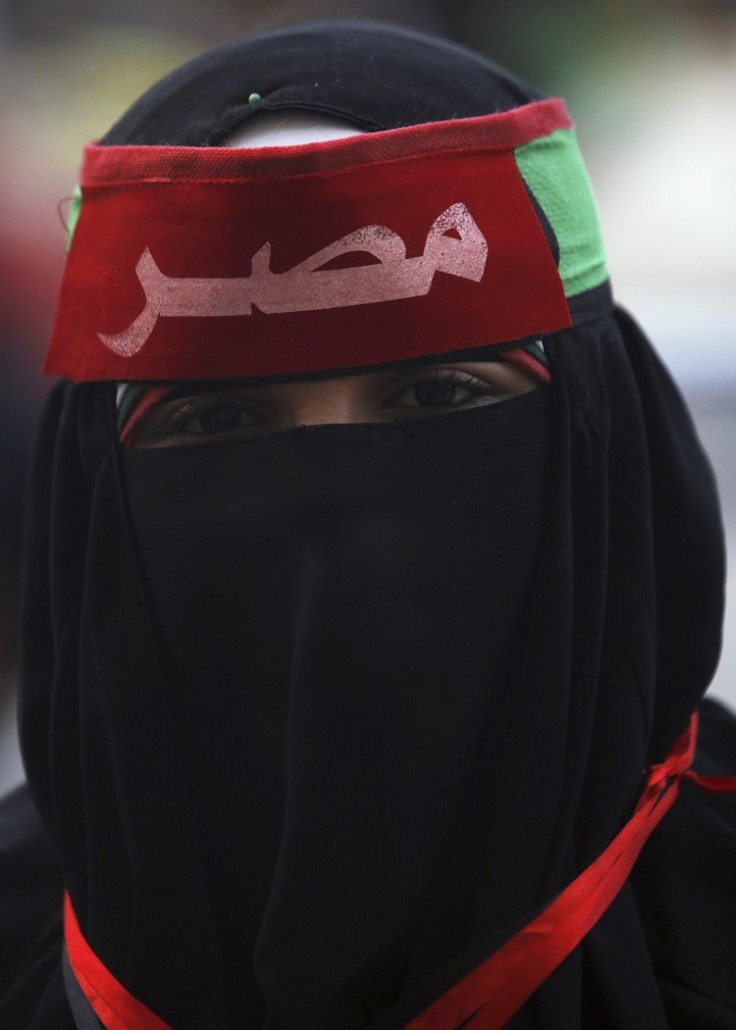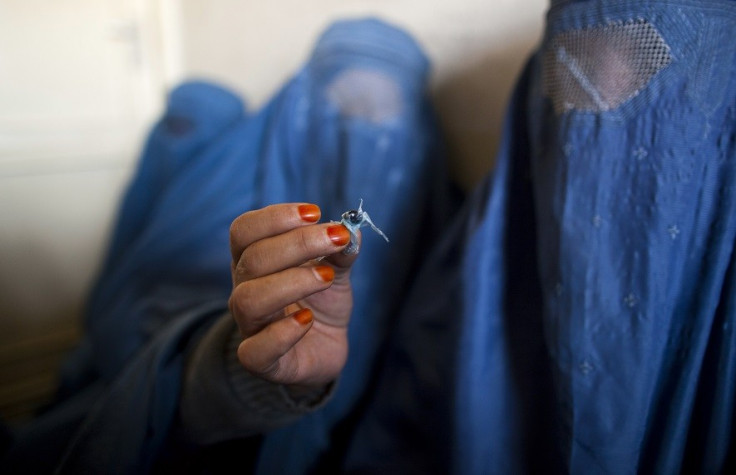Muslim Veil Row: The Hijab, Niqab and Burqa Explained

A recent ruling by a British judge that prevented a Muslim woman from giving evidence at a trial while wearing her niqab has sparked a debate in the UK over veils.
"The niqab has become the elephant in the courtroom," said Judge Peter Murphy, who said she must remove her hijab to give evidence, but could wear it at other times during the trial.
The woman had argued that removing her veil breached her human rights. The judge said the jury must be able to judge her reactions to questions during the trail.
"No tradition or practice, whether religious or otherwise, can claim to occupy such a privileged position that the rule of law, open justice and the adversarial trial process are sacrificed to accommodate it," he said.
"That is not a discrimination against religion. It is a matter of upholding the rule of law in a democratic society."
His ruling was followed by Liberal Democrat minister Jeremy Browne calling for banning full-face veils, niqabs and burqas: "I think this is a good topic for national debate. People of liberal instincts will have competing notions of how to protect and promote freedom of choice," he told The Daily Telegraph.
"I am instinctively uneasy about restricting the freedom of individuals to observe the religion of their choice. That would apply to Christian minorities in the Middle East just as much as religious minorities here in Britain.
"But there is genuine debate about whether girls should feel a compulsion to wear a veil when society deems children to be unable to express personal choices about other areas like buying alcohol, smoking or getting married.
"We should be very cautious about imposing religious conformity on a society which has always valued freedom of expression."
Prior to these comments, a college in Birmingham banned niqabs and burqas for "security reasons". It reversed the decision a few days later following protests and widespread criticism.
Muslim veils: The difference between the hijab, the niqab and the burka

The hijab is normally a square scarf that covers the head and neck but leaves the face uncovered. The word hijab comes from the Arabic for veil. It is worn by some Muslim women after they reach puberty as a symbol of modesty.
It is worn in front of any man who they could theoretically marry - it is not required in front of close male relatives. Most scholars suggest it is Islamic duty for women to wear the hijab.

The niqab is a veil that covers everything except the eyes. It is worn with a headscarf that covers the hair. Unlike the hijab, most Muslim scholars say that the niqab is not an obligation and that women wear it as an extra level of modesty, but some disagree, saying it is mandatory.

The burqa covers the whole body, including the eyes, and is the most concealing veil worn by Muslim women. It has a mesh screen over the eyes so the wearer can see out.
© Copyright IBTimes 2025. All rights reserved.






















